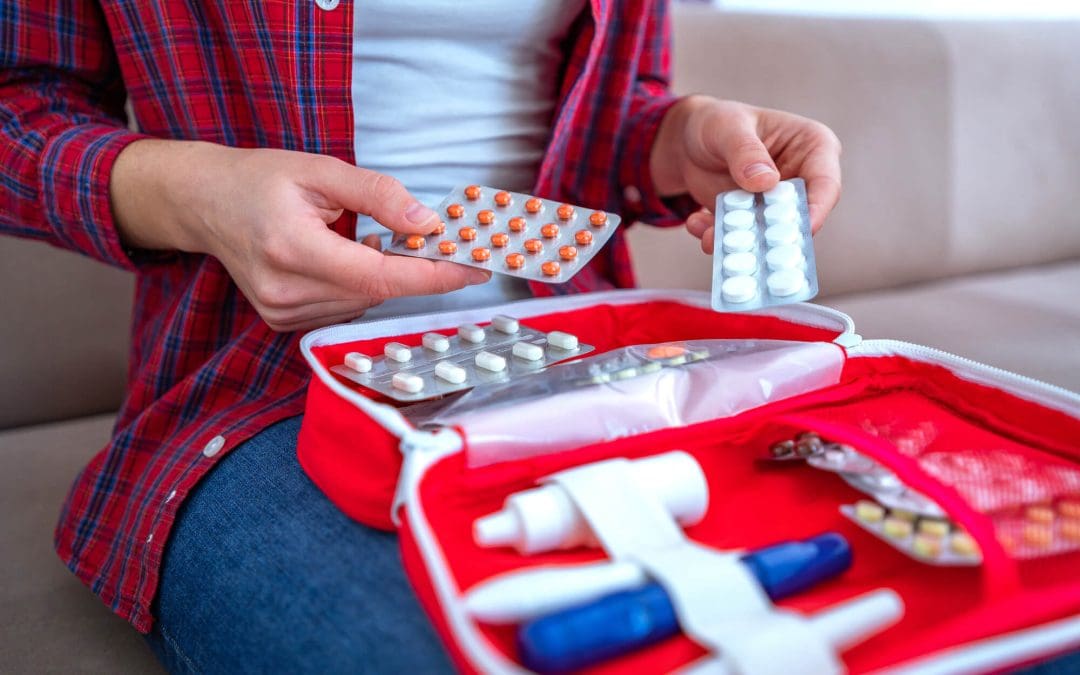RV travel offers a unique blend of adventure and comfort, but ensuring your vehicle’s safety is paramount to a worry-free experience. From pre-trip preparations to on-the-road safety measures, a thorough checklist can make all the difference. Here’s an RV safety checklist to help you get your RV ready for the road.
Pre-Trip Inspection for RV Safety
Before setting out, a detailed inspection of your RV is crucial. Start with the tires; ensure they are properly inflated and check for any signs of wear. Inspect the tread depth to guarantee adequate traction. Next, examine the RV’s exterior, including the roof, windows, and seals. Look for any signs of damage or wear that could lead to leaks or other issues. Confirm that all lights, including turn signals and brake lights, function correctly. A quick test of the brakes and suspension system can help prevent potential issues while driving.
Engine and Mechanical Systems
Maintaining your RV’s engine and mechanical systems is essential for safe operation. Check the engine oil and other fluid levels, such as coolant and transmission fluid, and top them up if necessary. Ensure the battery is in good condition and the terminals are clean and secure. Examine the fuel system for leaks or any signs of corrosion. Regular maintenance of these systems can prevent breakdowns and extend the life of your RV.
Interior RV Safety Features
Safety features inside your RV are just as important. Test smoke and carbon monoxide detectors to ensure they are functioning correctly. Replace batteries if needed, and consider installing additional detectors if your RV has multiple sleeping areas. Check that your fire extinguisher is up-to-date and easily accessible. Secure any loose items inside the RV to prevent them from becoming projectiles during sudden stops or sharp turns.
Emergency Preparedness
Being prepared for emergencies is critical to RV safety. Develop a plan for various scenarios, such as a tire blowout or an engine failure. Familiarize yourself with how to operate the RV’s emergency features, including the emergency brake and exit windows. Prepare an emergency kit and keep it stocked. Keep a list of emergency contacts, including roadside assistance services, and have it readily accessible. Ensure your RV’s insurance coverage is current and adequate for your travels.
On-the-Road RV Safety Practices
While driving, practice safe driving habits to minimize risks. Maintain a safe following distance and adjust your speed according to road conditions and weather. Regularly check your mirrors and be aware of the RV’s size and weight, which can affect maneuverability. Make frequent stops to check the RV’s tires, fluid levels, and overall condition. During stops, ensure the RV is parked on a level surface and engage the parking brake.
Post-Trip Maintenance
After your trip, conduct a thorough inspection of your RV to address any issues that may have arisen during travel. Check for any signs of wear or damage and address them promptly. Clean and sanitize the interior and ensure that all systems are functioning properly before storing the RV for an extended period. Regular post-trip maintenance helps identify potential problems early and ensures that your RV remains in good condition for future adventures.
By following this RV safety checklist, you can enhance your safety and enjoyment on the road, ensuring that every journey is as smooth and stress-free as possible.
FAQ
How often should I perform a safety check on my RV?
It’s advisable to perform a thorough safety check before every trip. Based on the RV manufacturer’s recommendations and your usage patterns, regular maintenance checks should be scheduled.
What are the most common issues to look out for during a pre-trip inspection?
Common issues include tire wear or low pressure, fluid leaks, malfunctioning lights, and damaged seals. Addressing these issues before your trip can prevent more significant problems on the road.
How can I improve the safety of my RV’s interior?
Ensure that smoke and carbon monoxide detectors are functional, secure loose items, and keep a well-stocked first aid kit. Regularly check these safety features and replace any expired items.
What should I do if I experience an emergency while traveling?
Follow your emergency plan, contact roadside assistance if needed, and utilize your RV’s emergency features. Having a list of emergency contacts and a clear plan can help you handle unexpected situations more effectively.
USRV Inspector provides professional RV inspection services to RVers throughout the United States. Contact us to schedule an appointment.

